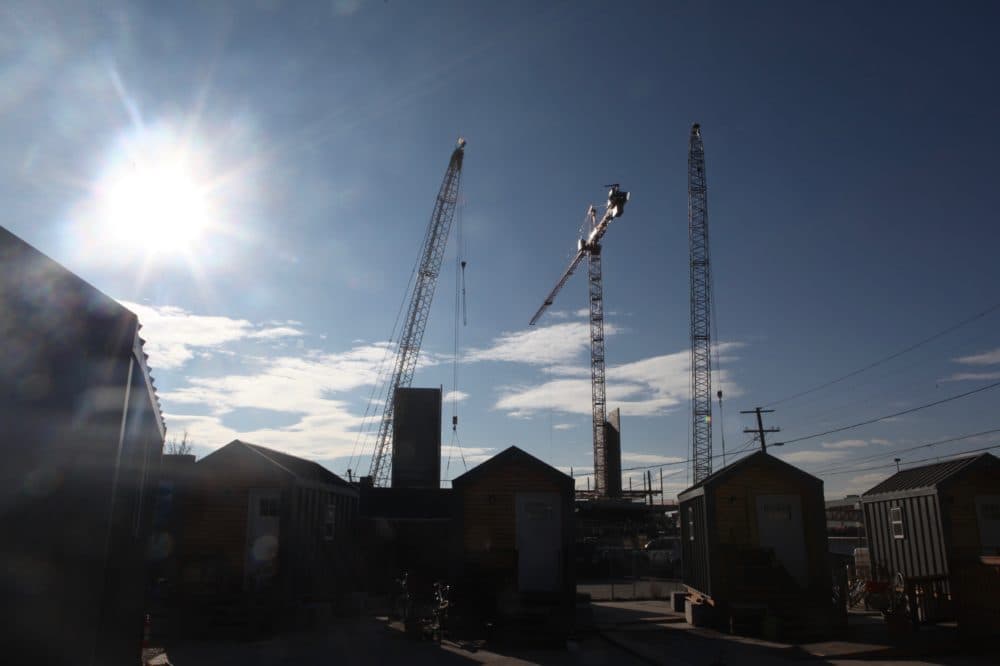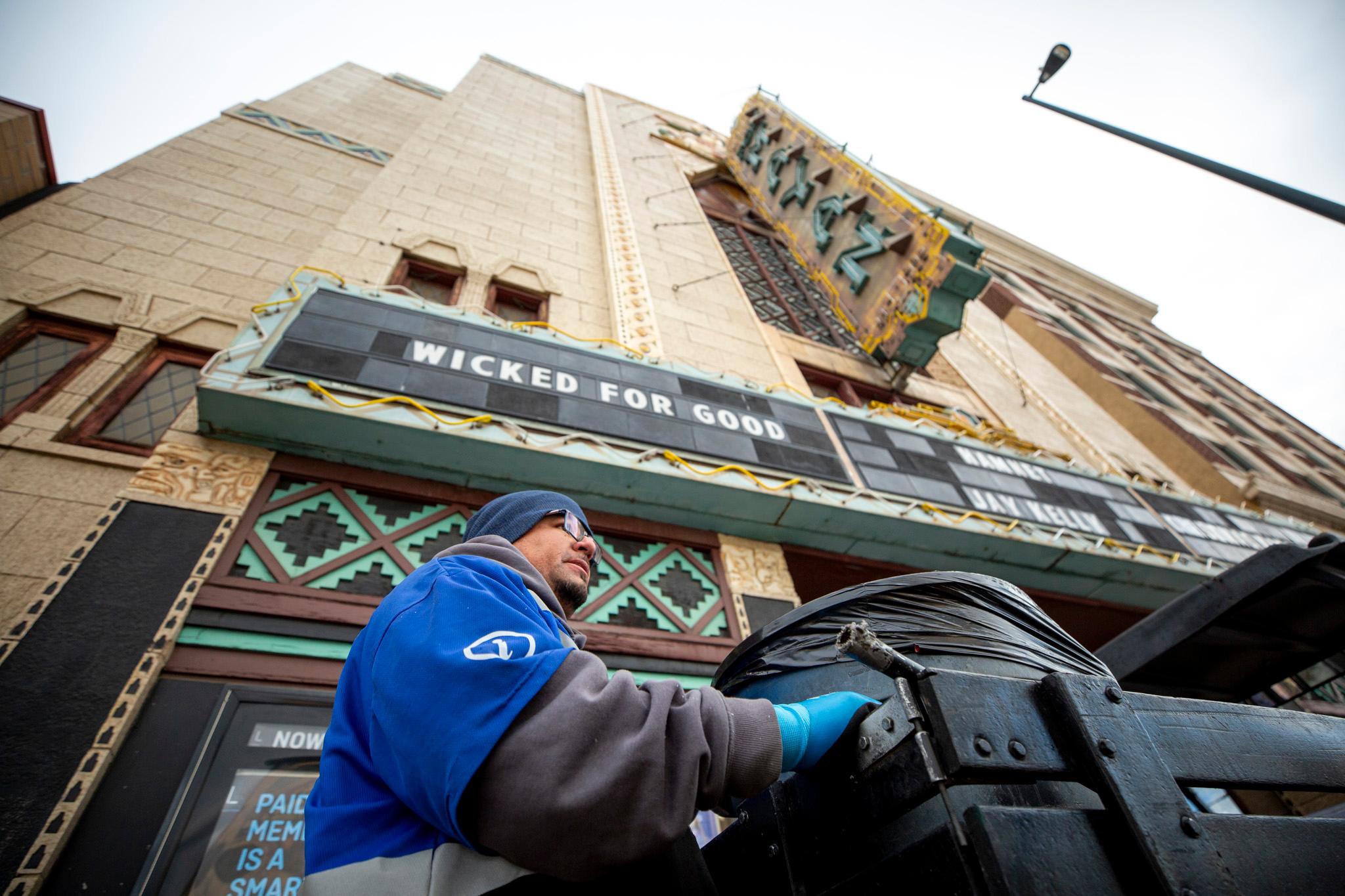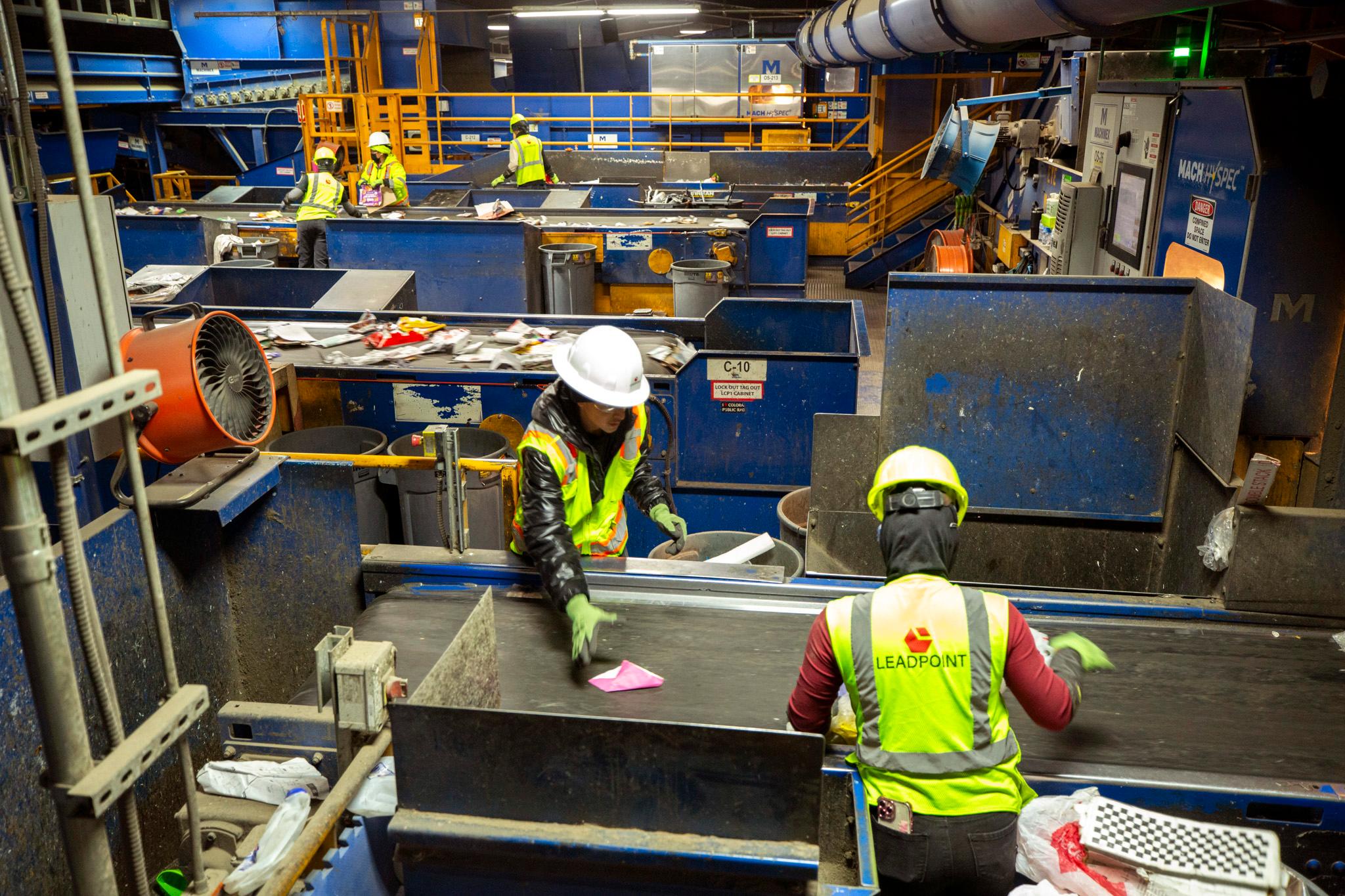
Last year, a ragtag group of Denver activists and nonprofits built a village of tiny homes for homeless people at a cost of about $22,000 each -- in a city where it typically costs $250,000 or more to build a single apartment of affordable housing.
The idea is spreading. In Lakewood, the Colorado Coalition for the Homeless hopes to erect trailers, domes and tents that could temporarily house up to 250 people on the Federal Center site. In Denver, the Colorado Village Collaborative hopes to house hundreds of people in a network of tiny homes.
With the housing crisis pressing harder, groups are looking for ways to build cheaper structures. These projects could provide faster relief, but they bring crucial questions: Why is affordable housing so expensive? What do you have to sacrifice to make it cheaper? Is it worth it?
I turned to experts and advocates for answers. Here's what I learned.
Why are they so cheap?
The cost comparison at the beginning of this article is very "apples to oranges" -- tiny homes are very different from typical affordable housing -- but it's still worth considering, according to organizer Cole Chandler.
The pint-sized houses of the Beloved Community Village have metal roofs and siding, a small porch, windows, and little else. Instead of plumbing, the community shares a central bathhouse, although the units do have electricity.
"The reality is, it’s a far more simple form of construction," he said.
They're barely 100 square feet, including the porch, but they "meet every international building code," and are rated to withstand significant wind and snow loads, Chandler said.
For comparison, consider what will soon replace the tiny homes' original site: Walnut Street Lofts, an affordable-housing building.
Rising to five stories with 65 units, its design and construction will obviously be more costly and intensive. The land alone was about $1.7 million, an expense that the tiny home group didn't have to pay. And the price is driven further up by the complex finance deals and regulations behind affordable housing.
"That’s a completely different area of cost than a tiny-home village, where it’s plywood and some basic windows. It’s night and day," said Erik Soliván, a chief housing advisor to Mayor Michael Hancock.
They also have different objectives, he added. Affordable housing generally is built for people making a certain percentage of the area's median income. The tiny homes, on the other hand, don't charge rent, and most of their residents were previously living in shelters or outside.
"The tiny home village is really targeted at providing a first step, the entryway into housing," Soliván said.
Why not build more cheap units?
Tens of thousands of people are paying more than they can afford for housing, and thousands more have no housing at all in the Denver metropolitan area.
The Beloved village has enjoyed a sterling track record in its first few months -- see our profile -- and its residents say it has given them a stable alternative to life in shelters, streets and friends' living rooms. Still, it remains one of the only options between "shelter" and "permanent housing." Why's that?
The system isn't really set up for it.
Small, bare-bones buildings are basically the opposite of modern affordable housing. Public and private builders have for decades tried to replace "the projects" with buildings that are handsome, modern and, in some cases, mixed-income.
That movement seems to have raised the quality of life in affordable housing communities, and it has defused some NIMBY ("not in my back yard") opposition. In contrast, a move toward cheaper housing could raise fears of "tent cities" and "Skid Row."
So, for better or worse, the affordable housing system is configured around these large, amenity-rich projects. It was nearly impossible, Chandler said, to find a general contractor to do such a small and specialized job. (The company Whiting-Turner volunteered in the 11th hour to do it for free.)
"In a profit-driven world, it doesn't make a lot of sense for a construction company to take on a project on such lower profit margins," Chandler said. "There needs to be some kind of niche general contractor that comes along and says, 'This is the kind of thing we want to do.'"
Tom Binnings, an economist with extensive Colorado Springs, also suggested a move toward creative cost-saving across the affordable housing spectrum.
"I believe we are demanding too much in our final designs," he said. "Of course, we want it to be safe ... (But) what if we went out and solicited proposals from developers to come back and tell us what they can create a home for?"
Money is limited.
Organizations have limited budgets, and they're often focused on permanent projects that are years in the making.
"When you invest in temporary structures or emergency spaces, that’s less dollars you have to invest in the long-term housing solutions," said Cathy Alderman, spokeswoman for the Colorado Coalition for the Homeless, the group working on the Lakewood project.
Now, though, they're recognizing an acute need for emergency housing. (More on the Lakewood plan later.)
Space is limited, too.
Currently, the tiny homes stand on a valuable piece of land near a rail station. Their village can only accommodate about 20 people, while the tower that will eventually stand nearby will be home to dozens and dozens of limited-income units -- arguably a "higher" use of the land.
"One of the complaints we hear about tiny homes when we talk to planners and developers is that, 'You’re not contributing any density,'" Chandler said.
Chandler thinks that alternative construction techniques -- such as shipping containers -- could help the villages build more densely at cheap prices. However, there are some questions about just how affordable that strategy is in practice.
Meanwhile, the village will have to keep making costly moves between vacant properties. The group has several options on the table, but it seems it's only a matter of time before each new site is turned over for permanent development.
Where will tiny homes fit in?
Despite all those factors, temporary and low-cost housing options are gaining traction in Denver and beyond.
- In Honolulu, city officials have called for new approaches to homelessness, including a mobile home park and "safe zones" where people can legally camp.
- In Seattle, the mayor wants to put millions of dollars into tiny homes, modular housing and backyard cottages.
- In San Diego, they're spending millions on large tents known as "temporary bridge shelters."
And here in Colorado, we might see one of the largest experiments yet in very-low-cost housing. The Colorado Coalition for the Homeless is working to acquire 59 acres of federal land at the Federal Center in Lakewood to eventually build up to 600 affordable housing units.
If they succeed in getting the land, the law would require CCH to make nearly immediate use of the land, Alderman said.
To do so, the nonprofit could first deploy temporary housing for up to 250 people on the site. They're considering FEMA trailers as well as dome structures, she said. The units would have individuals showers. Residents would have to be enrolled in a program.
"We recognize that where there are shelters, they’re at capacity, and they’re not appropriate for everybody. We’ve been talking for a while about what it would look like to create a more flexible temporary option," she said.
Meanwhile, some Denver City Council members want to find a permanent space for the city's own tiny home village. It's not clear where that could happen, or just how much space they're willing to dedicate. If legal encampments and low-cost communities do take off, they may encounter neighborhood resistance and criticism.
As for Denver's administration: Soliván says that the city plan is to address the full range of housing types in its forthcoming plans. The city's Housing Advisory Committee, he said, has urged it to "focus it back on that lower end ... (of the income spectrum), where you can have innovations like a tiny home village." And the city itself has showed interest in the project, with Mayor Michael Hancock himself asking for changes to city zoning rules to make it possible.
The goal, Soliván said, is "to look at our entire continuum of housing, from housing needed by people experiencing homelessness to affordable housing to home ownership. We need to say the city views our housing market as a continuum."
This post was updated with more information about the city's efforts.













